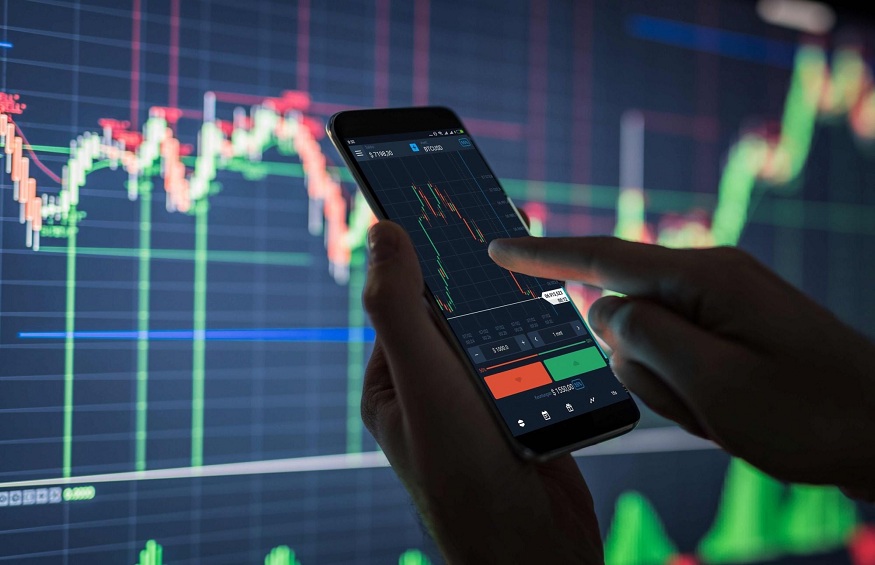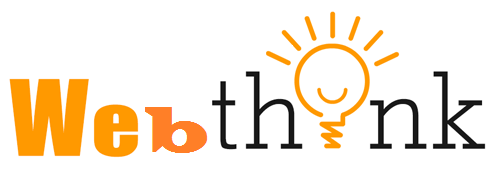Step-by-step Guide on Derivative Investment in India

Derivatives are financial contracts that derive their value from an underlying asset.These underlying variables might be equities, indexes, commodities, currencies, exchange rates, or interest rates. The derivatives industry has grown exponentially during the previous few decades. Many derivatives contracts were launched at global exchanges. Increased swings in underlying asset values, worldwide integration of financial markets, enhanced knowledge of market players, advanced risk management tools to control risk, and rapid developments in derivatives markets were the primary drivers of the expansion.
Futures and options are derivative products, meaning their value is derived from an underlying commodity or asset. Futures and options, on the other hand, vary fundamentally. Before opening a Demat account or searching for the best online trading account, understand the fundamentals of futures and options trading.
Types of the derivatives market
There are mainly four types of derivatives market.
- Forwards: It is a contractual agreement between two parties to purchase or sell an underlying asset at a specified future date for a predetermined price on the day of the contract. Both parties are committed and obligated to honour the transaction regardless of the underlying asset’s price at the time the contract expires. Contract terms and conditions are personalised since forwards are negotiated between two parties. These are OTC (over-the-counter) contracts.
- Futures: A futures contract is similar to a forward contract in that the transaction is done through an organised and controlled exchange rather than directly between two parties.
- Options: It i a contract that grants the right, but not the duty, to purchase or sell the underlying on or before a certain date and price. While the option buyer pays the premium and acquires the right, the option writer/seller obtains the premium and the obligation to sell/purchase the underlying asset if the buyer exercises his right.
- Swaps: A swap is an agreement between two parties to exchange future cash flows according to a predetermined formula. Swaps assist market players in mitigating the risks associated with variable interest and currency exchange rates.
In the derivatives market, there are three participants: hedgers, traders, and arbitrrs. In various market situations, an individual may perform many roles.
- Hedgers: Those who utilise derivatives to mitigate risk.
- Speculators / Traders: Those who trade in the market take positions in desired contracts. Derivatives are favoured over underlying assets for trading purposes because they provide more leverage, liquidity, and lower expenditures since transaction costs are often lower than in the spot market.
- Arbitrageurs: In this procedure, traders buy an asset at a low price on one exchange and sell it at a higher one on another. Such chances are unlikely to last long since arbitrageurs would rush into these deals, reducing the price difference between various locations.
Difference between Futures and Options
Risk management is one of the essential roles of security markets, and one of the most significant risks is time. Because prices vary all the time, time is a risk. A good transaction today might turn bad in a few months. Because options and futures are an offshoot of commodity markets, they must be understood in the context of commodity markets. Unlike bonds and stocks, options and futures do not help you achieve long-term returns; rather, they are designed to offset certain risks that come as a result of ongoing price volatility.
Futures and options (F&O) are contracts to purchase and sell assets in the future at certain prices and under specific circumstances. Although both options and futures allow an investor to purchase an investment at a certain price by a specific date, they operate differently. A futures contract compels a buyer to acquire shares and a seller to sell them on a certain future date, whereas an options contract offers an investor the right but not the responsibility to buy or sell.
How to trade in Optios and Futures?
Contracts are used for trading options and futures. It might be one month, two months, or three months. On the final Thursday of each month, all F&O contracts expire. Futures trade at a Futures price, which is often higher than the spot price due to time value, and there is only one futures price for a stock in every contract. For example, in January 2022, one can trade in a stock X’s January Futures, February Futures, and March Futures.
Why Should You Use Derivatives?
Leverage is required since it demands a certain proportion of margins in comparison to the full value of the deal. Because of its leverage and cheap cost, it is more liquid—the more the liquidity, the lower the effective cost for trades. Hedging is used to hedge against short-term price fluctuations.
Conclusion
A futures contract is both a right and an obligation to purchase or sell an underlying asset at a preset price. Options are a right that does not obligate you to purchase or sell a share or index. A Call Option is a right to purchase, whereas a Put Option is a right to sell. Options and futures are theoretically distinct but fundamentally the same. They operate as a hedge since both seek profits from stocks or indexes without investing the entire amount. You can open an online trading account to experiment with futures and options.






